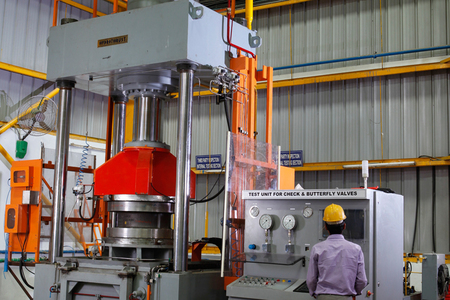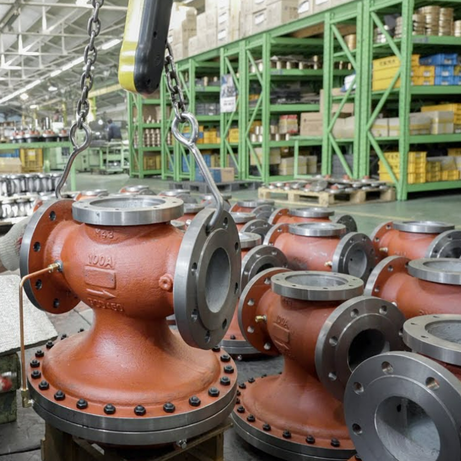Industrial Valve Supplier Guide: How to Avoid Costly Mistakes in 2025
As we enter 2025, the industrial valves market has long been different. Digitalization is accelerating, regulatory standards are tightening, and the global supply chain is fluctuating. For purchasers, choosing the right industrial supplier is no longer just an ordinary procurement exercise, but a strategic decision that can make or break a project. One wrong choice can cost millions: equipment downtime, production safety risks, frequent replacement and maintenance costs.
Why Your Choice Matters
Recent studies reveal a sobering fact: 73% of unplanned shutdowns in process industries are linked to valve failures, with average losses climbing above $50,000 per hour. That’s not just a budget issue—it’s an operational survival challenge. Too often, companies fall into traps like choosing suppliers purely on price, overlooking certification gaps, or assuming after-sales service will “work itself out.” In reality, each of these mistakes can trigger a chain reaction of failures that ripple across entire operations.
Red Flags You Can’t Afford to Ignore
Not all suppliers are created equal, and certain warning signs should immediately raise questions:
-
Weak Quality Documentation – A trustworthy supplier should be able to show ISO 9001:2015 certifications, material test reports, and third-party inspections without hesitation. If it takes weeks of chasing to see these, that’s a problem.
-
Poor Technical Support – Industrial processes are complex, and you need experts who understand your applications. If a supplier outsources technical services or can’t provide direct engineering support, be cautious.
-
Fragile Supply Chains – With recent disruptions still fresh in memory, suppliers without strong sourcing, diverse manufacturing bases, or backup logistics can leave you stranded at critical moments.
What to Look for in 2025
Strong suppliers today bring much more to the table than just valves. Key qualities include:
-
Digital Readiness – From IoT-enabled smart valves to digital twin simulations, modern suppliers should help you move toward predictive maintenance and better lifecycle management.
-
Regulatory Compliance – The best partners stay ahead of evolving safety, environmental, and cybersecurity requirements, protecting your business from future risks.
-
Financial Stability – Review credit ratings, annual statements, and R&D investments. Financially stable suppliers are better positioned to support long-term projects and adapt to new demands.
Practical Steps for Evaluation
A structured approach makes decision-making clearer and avoids costly oversights:
-
Documentation Review – Always confirm certifications and testing standards.
-
Facility Visits – If possible, tour the factory to see quality controls firsthand.
-
Reference Checks – Speak directly with other customers to verify reliability.
-
Trial Orders – Test with smaller projects before committing to large-scale contracts.
-
Performance Metrics – Define clear KPIs for service, delivery, and technical response.
A weighted scoring system can help balance these factors—technical strength, quality systems, financial health, service support, and innovation. This makes the evaluation more objective and gives stakeholders confidence in the final decision.
The Bottom Line
In 2025, avoiding costly supplier mistakes isn’t just about finding a vendor with the lowest quote. It’s about finding a partner who understands your challenges, stands behind their products, and evolves with industry demands. The right supplier reduces downtime, strengthens safety, and adds real value to your operations.
If you are preparing for a new project, consider GUANYA Petrochemical Equipment. As an industry expert with more than 25 years of experience, we provide perfect quality documents, stable technical support and innovative solutions, which have long been trusted by Sinopec, PetroChina and other large enterprises.
 Certified vs. Non-Certified Industrial Valve Suppliers: What’s the Real Difference?
Certified vs. Non-Certified Industrial Valve Suppliers: What’s the Real Difference?
 Top 10 Red Flags When Selecting an Industrial Valve Supplier for Your Project
Top 10 Red Flags When Selecting an Industrial Valve Supplier for Your Project
 Slide Gate Valves Market Overview (2025–2035)
Slide Gate Valves Market Overview (2025–2035)
 E+H Servo Level Transmitter Commissioning
E+H Servo Level Transmitter Commissioning
